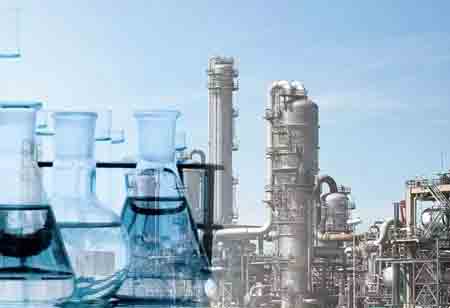New trends and technologies are changing how chemicals are transported, enabling greater efficiency, reducing costs, and improving sustainability.
FREMONT, CA: The chemical industry is experiencing rapid change as it adapts to new economic realities and increased demand for sustainability. One area that is undergoing significant transformation is chemical transportation. New trends and technologies are changing how chemicals are transported, enabling greater efficiency, reducing costs, and improving sustainability.
One of the most significant trends shaping the future of chemical transportation is the adoption of digitization and automation. Electronic documentation and tracking systems are becoming more widespread, allowing for real-time monitoring of chemical shipments. This technology enables shippers and logistics providers to track the location and condition of chemicals during transport, reducing the risk of delays or accidents. Additionally, using autonomous vehicles and drones is becoming more common, reducing the need for human intervention in transporting chemicals, improving safety, and reducing costs.
Another trend shaping the future of chemical transportation is the use of alternative fuels and technologies. Electric and hydrogen-powered vehicles are becoming more common in chemical transportation, offering reduced emissions and improved energy efficiency. Developing new packaging materials, such as bioplastics, is also helping to lower waste and environmental impact, further improving sustainability. As more companies adopt these technologies and approaches, the sustainability of chemical transportation will continue to improve.
In addition to these trends, other technologies are emerging, transforming how chemicals are transported. One example is blockchain technology, which offers greater transparency and security in supply chain transactions. Utilizing blockchain technology, companies can ensure that their chemical shipments are being transported in compliance with applicable regulations, reducing the risk of fines or legal action. Another example is using artificial intelligence and machine learning to optimize chemical transportation routes and schedules, improving efficiency and reducing costs.
The increasing focus on safety and security is also shaping the future of chemical transportation. As chemicals are often classified as hazardous materials, ensuring chemical transportation safety and security is paramount. Technologies such as advanced sensors and monitoring systems are being developed to improve the detection of potential hazards during transport. Training and certification programs are also being developed to ensure that employees and contractors involved in chemical transportation have the knowledge and skills to handle hazardous materials safely.
In conclusion, the future of chemical transportation is being shaped by a range of trends and technologies that are transforming how chemicals are transported. Digitization and automation, using alternative fuels and technologies, and adopting new packaging materials all contribute to greater efficiency and sustainability in chemical transportation. Other emerging technologies, such as blockchain, artificial intelligence, and advanced monitoring systems, are improving the safety and security of chemical transportation. As these trends and technologies evolve, the chemical industry will be able to transport chemicals more safely, efficiently, and sustainably than ever before.

